Woodruff Many only know it as a flavor for jelly. This wild plant has been used as a medicinal plant since the Germanic tribes. In the vernacular it also bears the names Heart friend, Liverwort or Cornwort. As the most important ingredient for the may punch, Waldmeister is the epitome of spring with its intense smell and aroma.
Occurrence & cultivation of the woodruff

Its robustness is demonstrated by the fact that it is now also growing in North America, which is not at home. The plant reaches a height of up to half a meter. The green, lanceolate up to eight leaves are arranged in whorls. This means that they start at a knot on the stem. During the flowering period, which is between April and June depending on the location, small, star-shaped white flowers appear.
The fruits then ripen and are small, egg-shaped spheres with small hooks that attach themselves to the fur or plumage as Velcro fruits. The preferred habitat of this plant are beech forests. It grows in shady locations and needs loose and nutrient-rich soil.
Effect & application
Woodruff contains vitamin C, tannins, bitter substances and iridoid glycosides. The most prominent ingredient in the glycosides is coumarin glycoside. This creates coumarin in the dried, wilted or frozen parts of the plant. This is an aromatic plant substance that is responsible for the taste and the typical woodruff odor. However, coumarin is harmful in large quantities, which is why there are dosage recommendations when using woodruff.
Woodruff is mainly used in the kitchen. Typical dishes with the aromas of this plant are jelly, lemonade, Berliner Weisse or Maibowle. The food industry uses artificial flavors in syrups, liqueurs and desserts. The green color of these products is also artificial. If you make woodruff syrup or woodruff liqueur yourself, you will find that they are colorless. The standard values for coumarin are 0.1 milligrams per day per kilogram of body weight. From this it can be deduced that three grams of woodruff per liter ensure the taste and are harmless to health for the homemade May punch.
In addition to classic desserts and drinks, Waldmeister also goes well with ice cream, as an oil with salads and cheese or with cakes. Easily discovered in May, the plant is not cultivated. Therefore, it can only be found in individual cases in nurseries, hardware stores or weekly markets. It can be easily tracked down in the forest and, if you are unsure, a finger test is sufficient: the typical smell is created by rubbing the leaves. It is important to ensure that you collect the plant before flowering, as the coumarin content in the plant increases with flowering.
Even if woodruff is not one of the ornamental plants, it is suitable for cultivation in shady gardens. Its intense smell is used in sachets or soaps. The scented sachets help against moths in the closet and insects such as mosquitoes. Naturopathy uses the dried upper parts of the plant under the name Herba Asperulae or Galii odoratae herba as a remedy in the form of teas.Importance for health, treatment & prevention
Woodruff is known as a medicinal plant in naturopathy and folk medicine. It is not used in conventional medicine and there is no evidence of its medical effectiveness. In contrast to the use in the kitchen, naturopathy uses the parts of the plant harvested during flowering. The plant has a vasodilator, anti-inflammatory, calming, blood-purifying, perspiring and antispasmodic effect.
It is used for indigestion, headaches, migraines, nervous restlessness, weak veins and menstrual cramps. In the right dosage, teas help against headaches and migraines. However, the coumarin produced by the plant can lead to headaches if overdosed. The predicted property of thinning the blood is beneficial for migraine attacks and is also a disadvantage for wound healing.
The slightly sedative and antispasmodic effect helps with period cramps.Herbal pillows that contain sage and lavender as well as woodruff are known as home remedies for restlessness and insomnia. The woodruff herb for cold or hot tea is available in pharmacies. In addition to the internal application, naturopathy also knows the external application of compresses or crushed leaves. The anti-inflammatory properties of the crushed leaves help with wound healing and skin conditions.
In the Middle Ages they were used for eczema, ulcers and boils. Impure skin can also benefit from treatment. The brew or tea can be used as a hair conditioner against dandruff. An old home remedy for sweaty feet and for the prevention of athlete's foot is a foot bath mixed with Waldmeister tea. Naturopathy recommends this for swollen or overstrained feet. Woodruff is little to hardly poisonous. The coumarin can cause drowsiness and headaches.
Coumarin can cause liver damage if overdosed or taken too often. It is therefore advisable to follow the dosage instructions for woodruff recipes or therapeutic teas. Naturopathy recommends drinking no more than two cups a day for medicinal teas. Risk groups such as sick or pregnant women should clarify this with a doctor before using Waldmeister tea therapeutically.

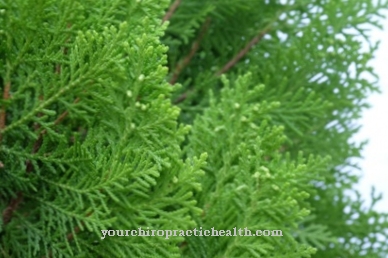
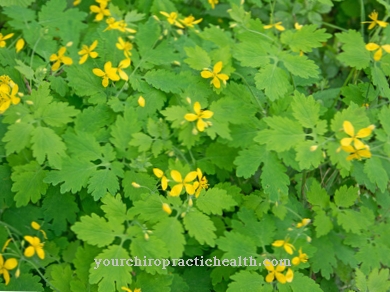
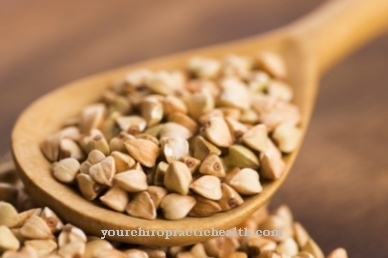
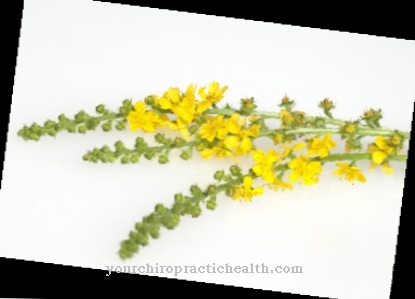
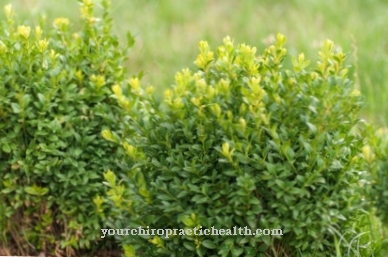

















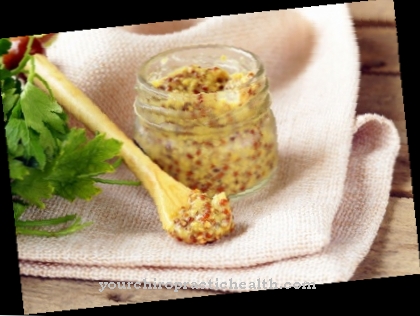


.jpg)

